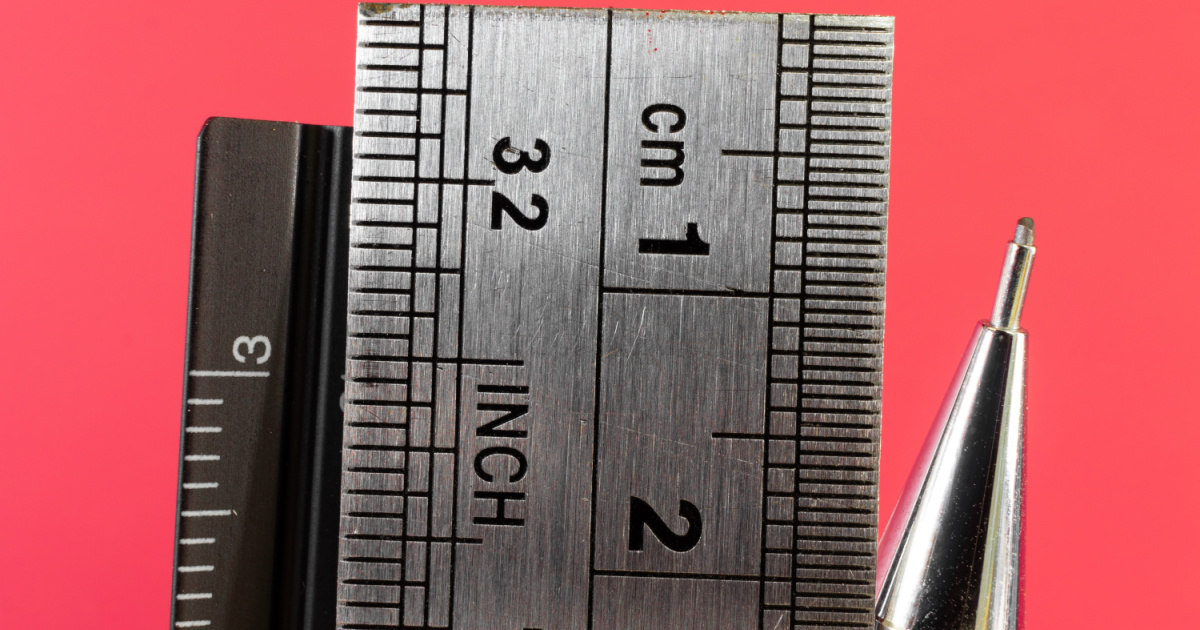
It’s a question for the ages, right?
Why did the United States never adopt the metric system so we could easily understand the measurements and temperatures the same way as the rest of the world?
Well, you can thank pirates.
Really.
When the United States was still in the early years, they were on the hunt for a unified system of measurement. Europe was trying out a few different methods, but Thomas Jefferson (predictably) was interested in what France had going on.
It was what we now call the metric system.
The root of the push was an effort to create the perfect kilogram weight. In the late 1700s, small cylinders called graves (later kilograms) were made to represent the mass of one cubic decimeter of water at 4°C.
The US needed to get their hands on one of these graves, so Jefferson asked French scientists Joseph Dombey to bring one over ot the States.
The ship wrecked in a Caribbean storm and was captured by privateers (aka pirates). The entire crew was imprisoned and would die waiting on their ransom to arrive.
The contents of the ship were auctioned off and the kilogram was purchased by Andrew Ellicott. It remained in his family’s collection until 1952, when it was handed over to the National Institute of Standards and Technology.
I guess trying again was too much, and the US just developed their own units, called customary units. They were redefined in 1959, and those measurements remain the ones in use today.
Now, even though efforts have been made to get the United States to join the rest of the world, costs, time, and public opinion have stopped it from happening.
In the beginning, though, definitely pirates.
Even if they likely had no idea what they had done.
If you thought that was interesting, you might like to read about the mysterious “pyramids” discovered in Antarctica. What are they?